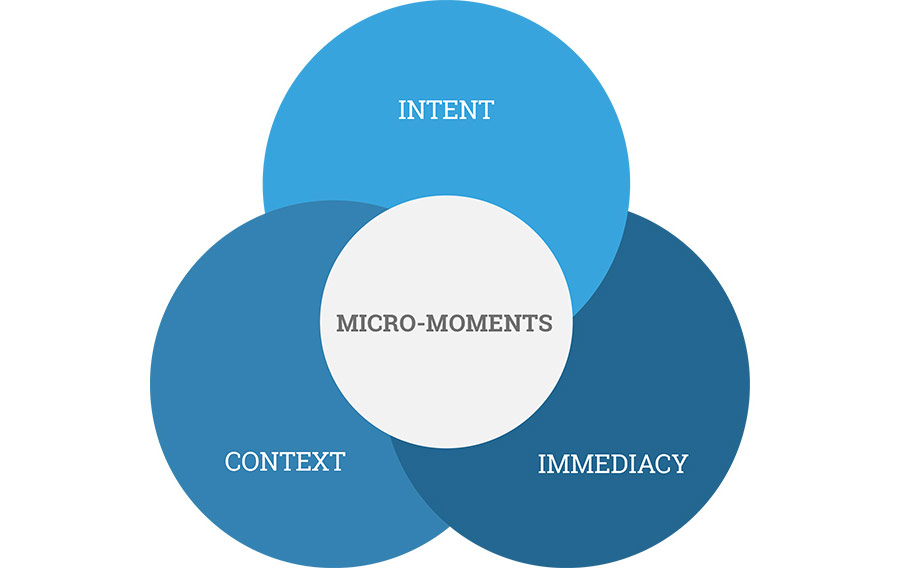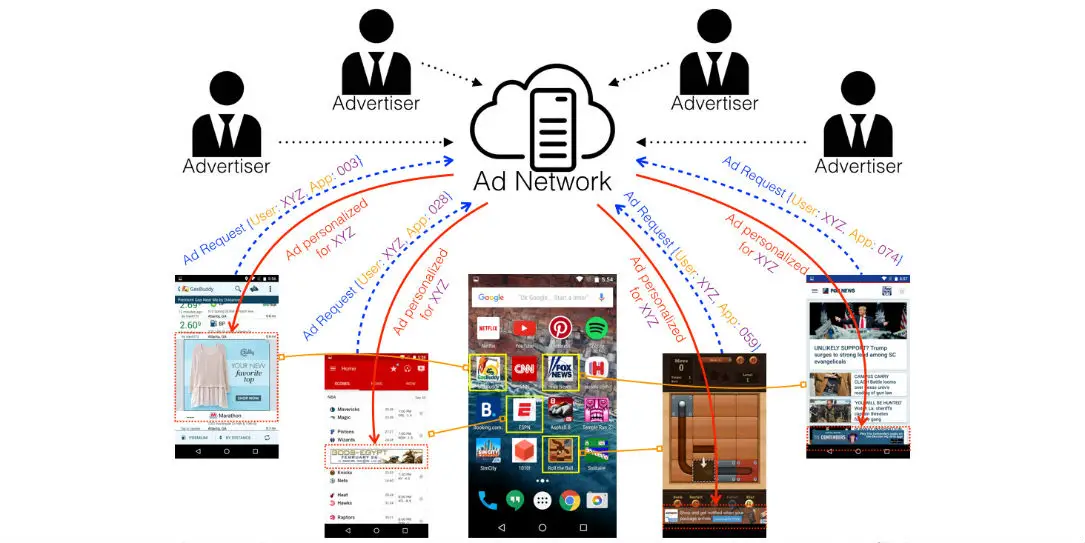blog.kissmetrics.com/
Mobile companies understood mobile-specific strategies long before the widespread adoption of mobile devices and increased adoption of smartphones and tablets. With more than three years of experience and state of the art mobile expertise, there is a lot that can be learnt.
Fred Joseph, COO of S4M, offers some takeaways for planning and executing campaigns for the mobile era:
1. When it comes to creatives, keep it short and catchy
Some brands are used to creating long scenarios as used on desktop (i.e. a 25 second video). However, what we’ve learnt from the mobile user experience is that users have short attention spans. Very short. The shorter and the stronger the message, the more likely a user will be engaged – and bearing in mind that our attention spans have dropped from 12 seconds (in 2000) to 8 seconds (2015) according to a survey conducted last year by Microsoft you really need to make every decisecond count!
Keep things short and sweet and move away from disruptive banner ads that have a tendency to distract users in a negative way rather than enhancing their mobile experience. See a recent example by Adidas here: Adidas ‘Superstar’
Smart marketers need to think more along the lines of immersive augmented app experiences, where they are giving something enhancing to consumers.
For example, this Christmas, S4M’s in-house team created a 3D cube interactive format for mobile devices (the cube is interactive on desktop by clicking and dragging the cube: on mobile it’s tactile) which was used as a holiday greeting for their clients, a format that is only interactive when viewed in a mobile browser.
2. Location is the new cookie
Geo-fencing and geolocation are key to targeting the right individual due to the intimate and individual nature of the smartphone. They allow for a clearer understanding of user behavior by following the entire customer journey. There’s also the benefit of being able to measure mobile investments and mobile store campaigns enable the measurement of direct ROIs. Geolocation can also deliver personalized advertising scenarios and transform ads to a service. For example, presenting a store locator or helping users locate the nearest point of sale can prove an extremely helpful service. There’s no imitating users or delivering irrelevant ads when efficiently dealing with location data.
A great example of this is the Adidas mobile-to-store campaign. The goal of the campaign was to drive sales to Adidas brick and mortar stores, assign a value for mobile in store-conversions and prove that mobile brings incremental value to the business. They pursued this by leveraging location extensions in the search ads, which meant users were directed to the store locator page and thus boost in-store traffic. They then pulled pertinent information from the Adidas retail stores, plus relevant industry data and developed a unique way to report an applied conversion rate. The results proved that mobile ROI brought a 680% incremental increase in ROI and a 20% conversion rate from mobile store locator to in-store visits. For desktop marketers, location is one of the biggest considerations to start making when planning a campaign.
3. The power of now
Users increasingly expect to get what they want in the immediate context and in their exact moment of need. There is a huge battle waging for a customer’s attention and it’s being battled out in ‘mobile moments’ (anytime that a user pulls out their device). The power of immediacy must be harnessed and understood properly by marketers, who need to make sure their customers can get what they want in that precious mobile moment.
A great example of this is played out in how we search. Google processes an average of over 40,000 search queries every second, or 3.5 billion searches per day…or putting it into a wider context that’s a staggering 1.2 trillion searches per year (Google search states here).
This recent post from Think with Google discusses the idea of the “micro-moment” (or mobile moment), the small everyday moments in life that prompt us to search the web with an intention of acting immediately.

A few examples of micro-moments:
- Your juicer just broke. You need to search to find a new one, or research the best or most economical ones currently available.
- You just watched a news report about the snowfall in New York. You search to find out what you can do to help.
- You see a product you’re thinking about buying in a store. You search to find out if you can get a better price or find a better option.
- Your child wants to play in a park but it’s pouring with rain. You search online to find out where to go.
Each moment where a customer is engaged with their mobile device provides an opportunity to impress or disappoint.
Fail to deliver timely ads and not only do marketers risk losing out on immediate sales but on a longer term they also risk their brand equity and being shut out by consumers irked by invasive messages that would otherwise have been useful had they been properly timed.
4. Cross-channel
When marketers truly understand their customer’s journey they can better adapt the channel mix taking into consideration multiple mobile devices. Companies need to ensure that their marketing departments are set up to effectively orchestrate the cross-channel mix and that the ad can follow the user whatever mobile device they are using (be that a smartphone, tablet, watch or other wearable).
When designing a creative that’s headed cross-channel, check that it works across devices (iOS to android to desktop) and that any calls to action are integrated and flow across the campaign.
For example, when you create a video ad on desktop, it can’t be used on smartphones as it won’t play and deliver the same way. The same applies for smartphones to tablets. This means that not only does a marketing strategy need to be mobile-dedicated, the creatives need to be device-specific too.
Marketers also need to take into consideration the cross-channel operating systems (OS) between iOS devices and Android devices. Never assume that just because a customer has a MacBook that they’re also using an iPhone – increasingly customers make frequent daily journeys between iOS and Android devices so creatives that play out well on both will reach the customer whatever their OS of choice is. The brands that follow this journey with ease will reap rewards.
5. Don’t hide from the mobile world
Desktop marketers need to bear in mind that desktop users are also mobile users. Even if the user started and ended their journey on a desktop, there will likely have been mobile device usage along the way. This doesn’t mean that a desktop strategy will suffice for a mobile advertising campaign, however.
Digital strategy campaigns need to contain a mobile-specific strategy. With the increasing adoption of wearables, mobile devices are not going away; in fact, more are being added to the mix. The brands that are already responding to this explosion are the early adopters who will win the trust of consumers. They will be respected rather than reviled by users as their content will be relevant, useful and timely.
Conclusion
The companies that will excel with marketing strategies that truly reach their customer with the right message, well presented, executed at the right time and in the right context will doubtless win the trust and respect of the consumer while increasing sales and customer retention in a way that is second to none.
Mobile marketers are now adopting strategies that include such a powerful mix of consumer considerations to capture that small “mobile moment” and the desktop marketers who embrace these new power tools will similarly reap rewards. The pupil has certainly become the master!







 Facebook's new ads can be built purely with Facebook's tools, the company announced Thursday.
Facebook's new ads can be built purely with Facebook's tools, the company announced Thursday.
